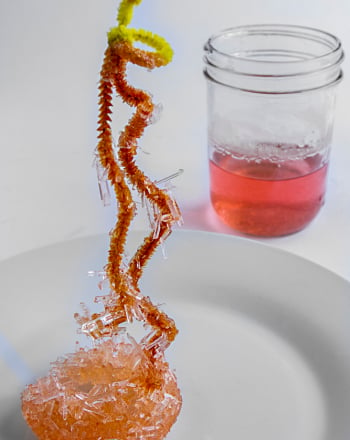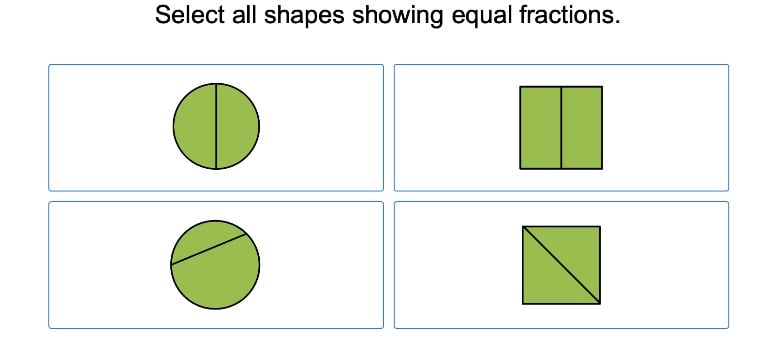Science project
Golf Science Fair Project: Temperature and Rebound
The temperature of an object can greatly change what that object can do! In this case, a golf ball can be heated or cooled in order to explore the effects of its temperature on its total elasticity. Elasticity refers to the ability of an object to return to its original shape after being warped. Rubber bouncy balls have very high elasticities, enabling them to push hard off of any surface they strike when they return to their original shapes. This is why they bounce so high!
For this golf science fair project, we will see if boiling and freezing golf balls changes their capacity to bounce. Which set of golf balls do you think will bounce the highest? Will boiling or freezing the golf balls have any affect on their ability to rebound, or bounce, back up in the air?
Problem
How does boiling and freezing affect a golf ball’s bounce?
Materials
- 1 yard stick, meter stick or tape measure
- 45 identical golf balls
- Pen and paper
- Freezer
- Stove
- Pot
- Water
- Adult helper
Procedure
- Divide golf balls into three equal groups of 15 balls each.
- Put one group of golf balls in the freezer for two hours.
- Drop each frozen golf ball from 3 feet and record each ball’s rebound height. You can use this procedure in order to determine the average rebound height of this group of golf balls.
- With an adult’s help, boil the next set of golf balls for about 10 minutes.
- Using a pair of tongs, carefully remove your golf balls from the boiling water. Use the tongs to drop each boiled golf ball from 3 feet and record each ball’s rebound height.
- Leave the last group of golf balls at room temperature.
- Drop each room temperature golf ball from 3 feet and record each ball’s rebound height.
Results
The golf balls at room temperature bounced the highest, meaning that they demonstrated the greatest elasticity.
Why?
Even though golf balls feel pretty rigid when you hold them, they’re actually manufactured to have a fairly high elasticity: While the outside is usually made out of hard plastic, the core is usually made out of firm, compressed rubber or even liquid.
Room temperature golf balls perform the best, because they haven’t been altered by exposure to drastic temperatures like boiling or freezing. Freeze causes the cores of the golf balls to become more rigid and brittle, losing their elasticity. Boiling causes the cores of the golf balls loses the molecules up, making them less able to regain their shape when exposed to an outside force. In both cases, these extreme temperatures change the molecular structure of the golf balls, causing them to lose their elasticity.
Education.com provides the Science Fair Project Ideas for informational purposes only. Education.com does not make any guarantee or representation regarding the Science Fair Project Ideas and is not responsible or liable for any loss or damage, directly or indirectly, caused by your use of such information. By accessing the Science Fair Project Ideas, you waive and renounce any claims against Education.com that arise thereof. In addition, your access to Education.com's website and Science Fair Project Ideas is covered by Education.com's Privacy Policy and site Terms of Use, which include limitations on Education.com's liability.
Warning is hereby given that not all Project Ideas are appropriate for all individuals or in all circumstances. Implementation of any Science Project Idea should be undertaken only in appropriate settings and with appropriate parental or other supervision. Reading and following the safety precautions of all materials used in a project is the sole responsibility of each individual. For further information, consult your state's handbook of Science Safety.












